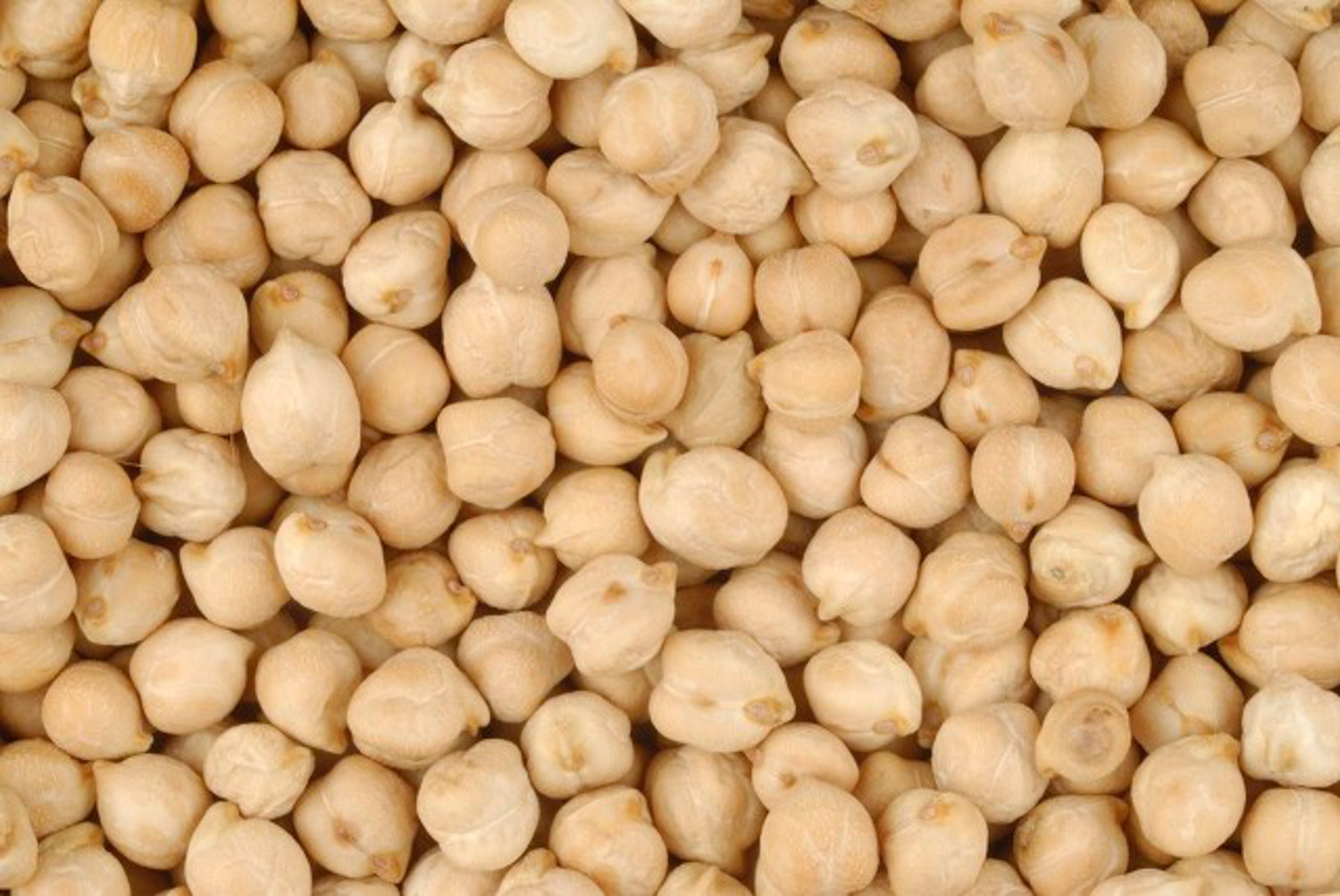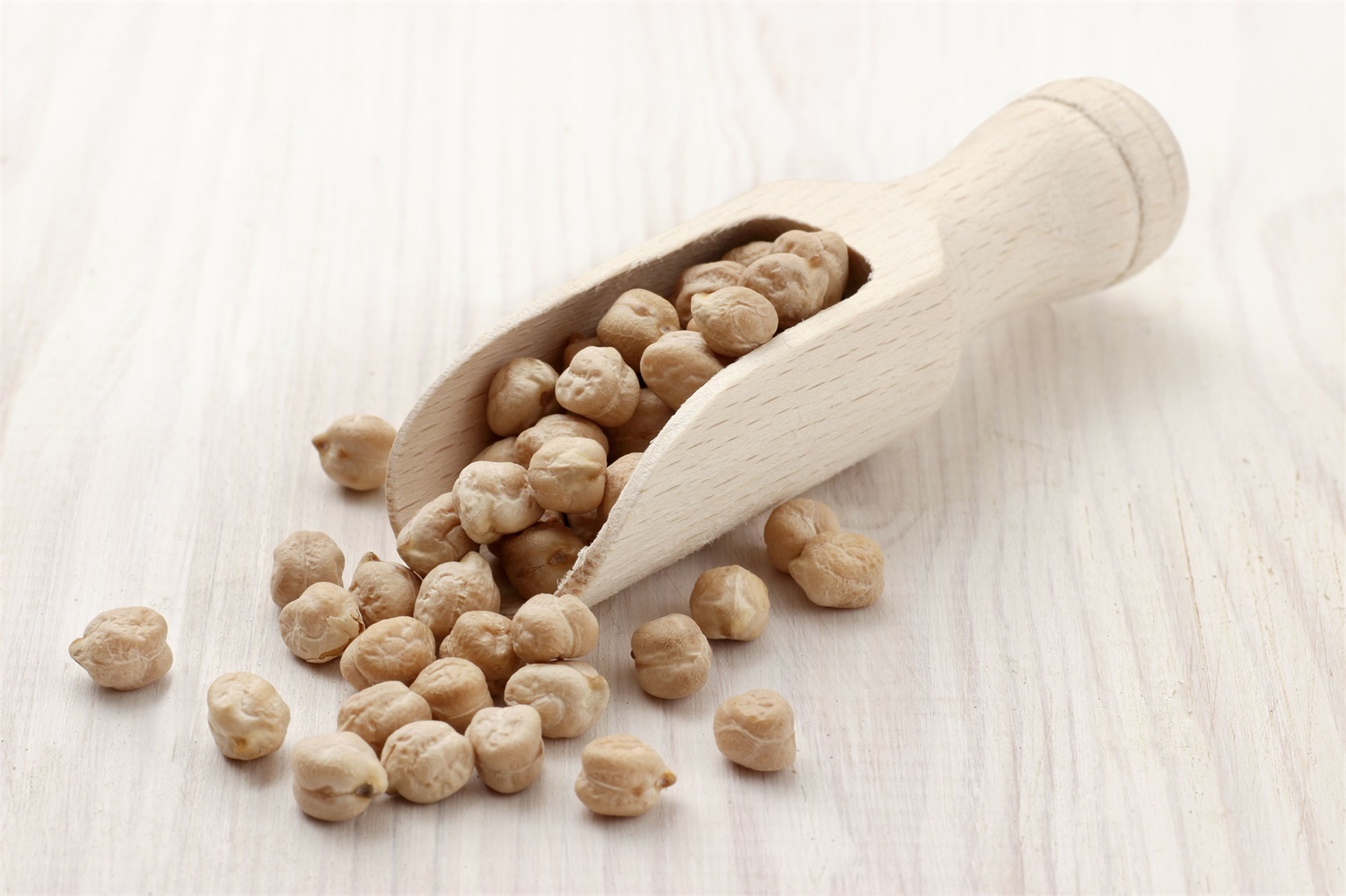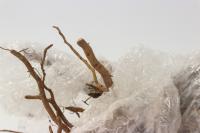1、 Curing method
1. Soil: chickpeas do not have strict requirements for soil quality. They only need loose and breathable soil with good drainage. Generally, sandy loam can be selected

2. Moisture: Chickpea has strong drought resistance. It doesn't need a lot of water when watering. Just keep the soil slightly wet. Too much water or rainwater stored in the soil will cause poor plant growth
3. Nutrient: organic fertilizer is often used as fertilizer. The fertilizer is sprinkled on the soil layer and then turned to make the soil and fertilizer evenly mixed together, so that it can be better absorbed when planting chickpea

4. Light: it is a plant that likes light. Long sunshine can shorten its vegetative growth period, and short sunshine does not prevent its flowering, but if the light absorption is sufficient, it can make it grow better
2、 Breeding skills
1. Pruning: after planting, the withered and yellow leaves should be properly pruned, and the weeds and soil should be weeded and loosened, so as to better promote its absorption of nutrients
2. Breeding: the method of sowing is often used for breeding. The time can be around the middle and early ten days of April, and the temperature is best controlled at about 12 ℃. Select strong seeds and put them in the soil, then cover them with a film, and small buds will appear in about a week

3、 Diagnosis and treatment problems
1. Dwarfing disease: the common disease of cultivated chickpea is dwarfing disease, which can not be seen in the initial growth period, and will be obvious only after it gradually grows up. This disease should be protected after planting, and its branches and leaves can be sprayed with captan and mancozeb dilution
2. Helicoverpa armigera: the common pest is Helicoverpa armigera. This pest is very rampant and does great harm to the growth of chickpeas. It needs to be diluted with endosulfan and sprayed to kill it

4、 Other issues
1. How to store: after picking down chickpeas, they should be dried and dehumidified first, then fumigated with aluminum phosphide, and then stored. When storing, it should be placed in a ventilated, dry and low temperature place, so as to ensure that chickpeas can be stored intact
2. Edible: Chickpea is edible. It can be said to be a vegetable. Beans and tender leaves can be eaten


 jackfruit
jackfruit snake plant
snake plant hibiscus
hibiscus hydrangea
hydrangea lavender
lavender Green roses climb al...
Green roses climb al... If you don't pay att...
If you don't pay att... Management of four g...
Management of four g...

































